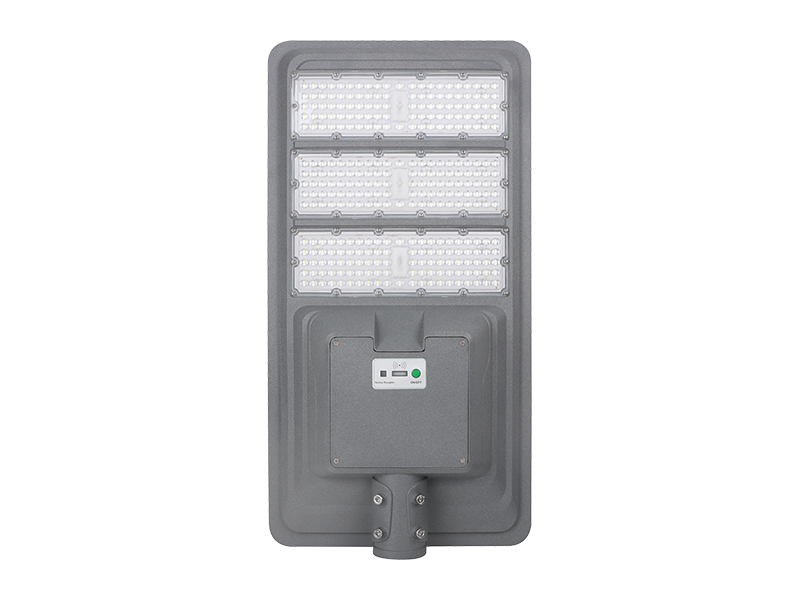What Are the Benefits of LED Garden Lights for Your Outdoor Space?
05-01-2026Ningbo sunle Lighting Electric Co.,Ltd
Design considerations for LED street lighting systems e […]
Design considerations for LED street lighting systems encompass various aspects, including efficiency, performance, aesthetics, and safety. Here are some key considerations:
llumination Levels: Determine the required light levels based on the intended usage and surrounding environment. Consider factors such as road classification, pedestrian areas, and safety requirements.
Uniformity and Distribution: Ensure uniform illumination across the street to minimize dark spots or excessive brightness. Optimize light distribution patterns to minimize glare and maximize visibility.
Color Temperature: Select an appropriate color temperature for the LED lights, considering factors such as visual comfort, color rendering, and the ambiance of the area. Warmer color temperatures (around 3000K) are often preferred for residential areas, while cooler temperatures (around 4000K) may be suitable for arterial roads.
Optics and Light Control: Choose suitable optics or light distribution patterns to direct the light precisely where needed. This helps minimize light pollution, maximize energy efficiency, and avoid unnecessary glare.
Energy Efficiency: China Led Street lamps Suppliers should be designed to maximize energy efficiency and reduce power consumption. Consider using dimming controls, motion sensors, and adaptive lighting systems to adjust light levels based on traffic flow and ambient lighting conditions.
Thermal Management: LEDs generate heat, and proper thermal management is crucial to maintain optimal performance and longevity. Incorporate heat sinks, thermal management materials, and adequate ventilation to dissipate heat effectively.
Maintenance and Accessibility: Design street lighting systems for easy maintenance and accessibility. Consider factors such as mounting height, access to electrical components, and ease of replacing individual LEDs or modules.
Durability and Weather Resistance: LED luminaires should be designed to withstand harsh weather conditions, including rain, wind, temperature fluctuations, and dust. Ensure proper ingress protection (IP) ratings and robust construction to enhance longevity.
Smart Lighting Integration: Explore the integration of smart lighting controls, such as remote monitoring, adaptive lighting, and scheduling systems. Smart controls can optimize energy usage, allow for remote maintenance and monitoring, and provide data for further analysis and optimization.

SLR13 Series LED Street Light
■Matters needing attention
■Before installing the lighting fixtures, please read this instruction manual carefully.
■The lighting fixtures should be installed, connected and tested by a certified electrician based on the local regulations.
■Lamps should always be installed or replaced carefully.
■Please check the local voltage in accordance with the product requirements before installation.
■Revamping only can be done when the power is off and the lamp is completely cooled down.
■When clean the lamp, make the power off and let it cool down completely, clean the fixture with a soft cloth and a standard PH neutral detergent, stainless steel should be maintained regularly.
■Don't cover the fixtures with flammable materials.
■Replace should be made by the manufacturer or his service agent or certified electrician in order to avoid a hazard.